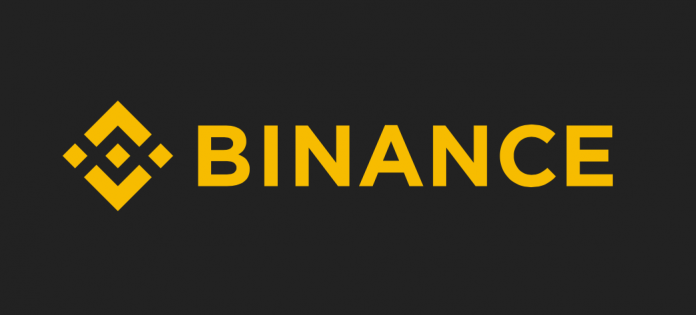Binance, the world’s largest blockchain ecosystem, is reinforcing its commitment to uphold trust, integrity and transparency in the crypto ecosystem by setting a new example that all centralized exchanges can follow.
In a new policy paper titled “Building Trust in the Crypto Ecosystem,” Binance introduces new guidelines on how industry players and users can work together in improving trust, security and safety when it comes to using cryptocurrency.
The proposed guidelines highlight safe and secure handling of user assets, transparency and risk management at its core.
Binance aims to raise the bar on trust and safety, not only for the exchange but for the industry as a whole.
This is on top of the ongoing collaborations with regulators, policy makers, law enforcement and government sectors across the globe.
Reliable custody of user funds
The first major element of Binance’s new policy paper is all about the safer and more secure handling of customer funds and assets on centralized platforms.
The key method involves centralized exchanges being risk averse or unwilling to take risks when it comes to customer funds and assets and proper authorization of use that involves full customer consent. Binance further sets another example in reliable custody of funds by securing customer assets by reserves at a 1:1 ratio.
Wallet infrastructure and security is also of utmost importance. Binance’s new policy paper cites that “centralized exchanges must allow users the freedom to choose where to store their digital assets, depending on their unique needs.”
This means that no user should be limited on where they can store their assets and should be able to use all solutions offered by the exchange. Centralized exchanges must also adopt the highest security standard solutions for the storage of customer assets to protect them from cyber threats.
Proper transparency and disclosure
Transparency is a core concept of cryptocurrency and one that centralized exchanges must continuously and properly adopt. It is a very complex process which is new and unique to the industry and is rather different from traditional financial institutions. Luckily, technology has made innovative solutions possible.
Users of centralized exchanges like Binance should have the right to verify the safekeeping of their assets held in a centralized exchange’s custody, through proof of reserves (PoR) or similar disclosures.
Additionally, these methods must be technically adequate and updated on a regular basis using the latest reliable technology that cannot be falsified. With this, Binance has also just recently updated their own PoR system with zk-SNARK, a powerful verification tool that ensures both data integrity and privacy at the same time.
Its application for proving reserves and increasing CEX transparency should help build trust in the blockchain industry.
For many, a development like this has been long awaited and comes at a pivotal time for centralized exchanges. Binance has also made the code for their PoR system open-source to provide even more transparency for their users and so that others in the industry and community can benefit from this important technology.
Best practices in risk management
Cryptocurrency is commonly perceived to be risky as people still strongly assume its high volatility.
To help overcome this challenge and to promote more trust in the industry, Binance’s new policy paper includes measures on risk management tactics to help protect not only the exchanges but also the users themselves.
Binance proposes that exchanges must take on a conservative capital structure, and advises against relying on capital through debt to fund growth given the recent macroeconomic and geopolitical developments.
The policy paper puts emphasis on the critical responsibility of exchanges to promote more stringent governance processes on admitting crypto assets on their platforms to protect users against low credibility projects and scams such as “rug pulls.”
Exchanges are also encouraged to establish safety net programs to further protect user funds such as Binance’s Secure Asset Fund for Users (SAFU).
In addition to these, dedicating resources to promote crypto education and providing users with knowledge not only on the products and tokens, but also on the risks associated with them, is also encouraged.
Leading by example, Binance Academy is a prime example of this effort and has recently gone beyond online modules to being integrated into actual schools and universities, such as the recent partnership with Enderun Colleges in the Philippines.
Binance’s new policy paper is available at https://www.binance.com/en/land/trust_and_transparency.


